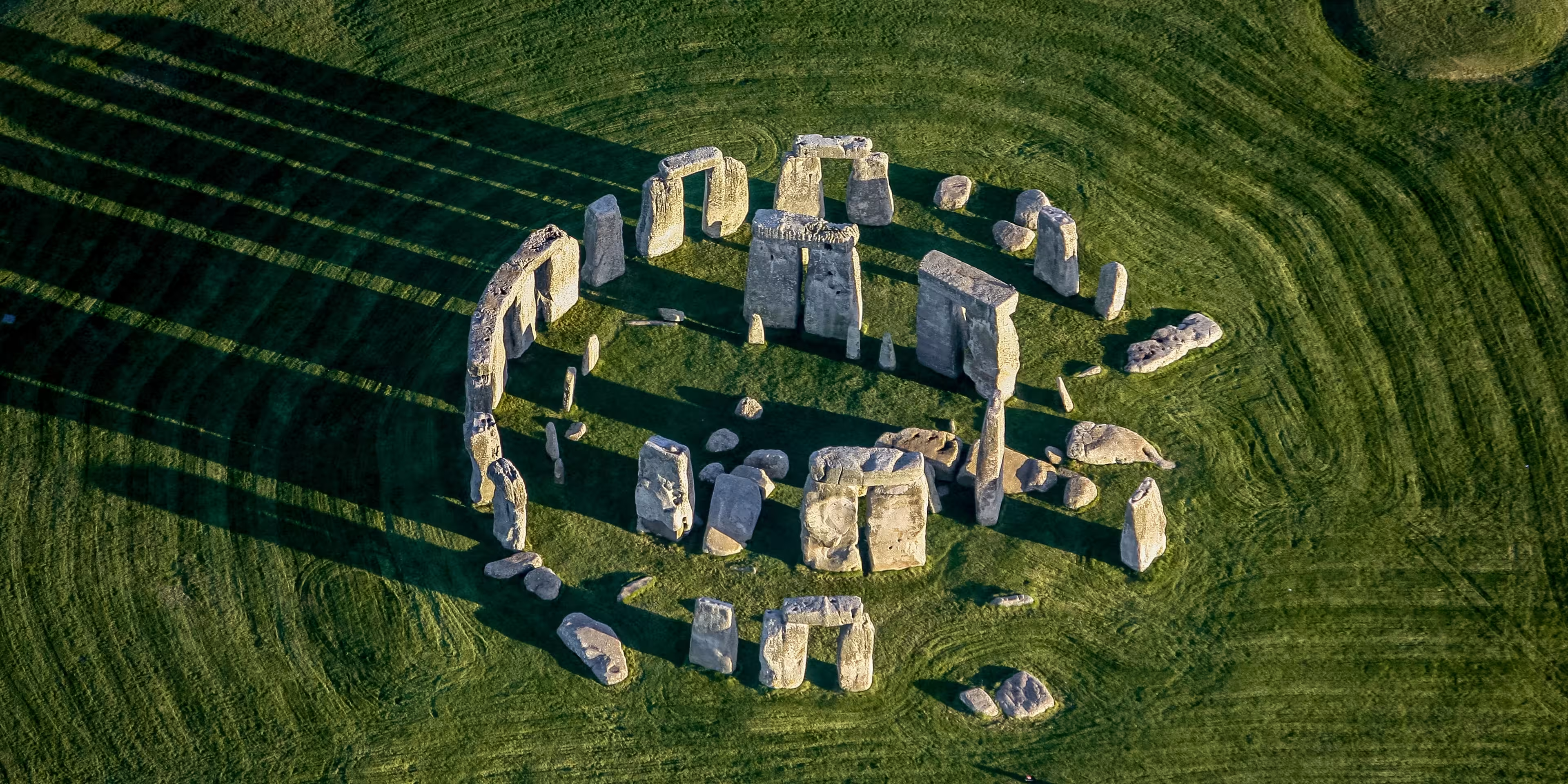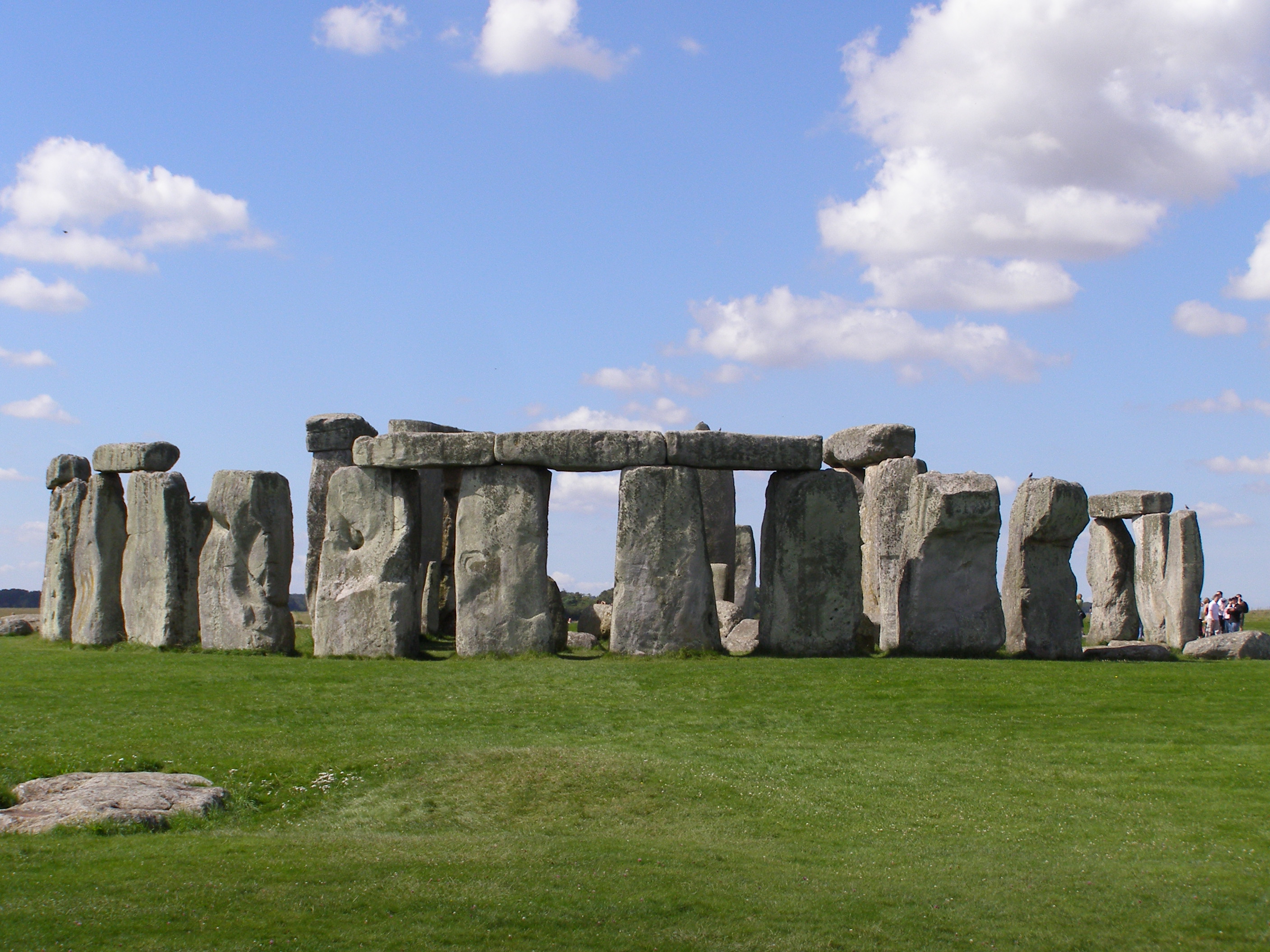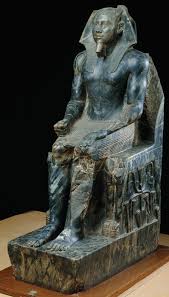ARTH 105 Final Exam
1/3
There's no tags or description
Looks like no tags are added yet.
Name | Mastery | Learn | Test | Matching | Spaced |
|---|
No study sessions yet.
4 Terms

Stonehenge
Period: Neolithic
People were starting to settle; farming was essential
Post and lintel structure
Massive stones arranged in a circle
Used as a calendar; the people used this site to track the sun in order to know when the summer and winter solstices are
Calendar was important for farming
The lever method was used to row the rocks
Blue rocks from Wales, England and they were 3 tons each
The local rocks were 26 tons each


The Pyramids of Giza
Period: Ancient Egyptian
3 pyramids made as burial sites for 3 of the pharaohs
Pyramid of Khufu- largest, around 2 million blocks were used
Pyramid of Khafre- 2nd largest
Pyramid of Menkaure- smallest
the corners were kept open so an internal ramp could be used to move blocks up the ramp and build the pyramid higher and higher
pyramids are smooth-sided with white finish (limestone)
the top of the pyramid was covered with a gold and silver mix
pyramids were easily robbed because they were filled with lots of treasure- treasure was believed to help prepare the pharaohs for the afterlife

The Palette of Narmer
Period: Ancient Egyptian
two-sided makeup palette
made of stone
King Narmer is shown as the largest figure, which shows the use of hieratic scale
He is shown wearing a helmet with crowns from both upper and lower Egypt
Shows the reunification of Egypt under one King
A raven/hawk is seen on the palette, which represents Horus
It is interpreted that Narmer is protected by Horus
Top of the Palette has cow-like figures which represent the goddesses of Upper Egypt
Bottom of the other side of the Palette has serpopards (serpent-leopards)


Khafre Enthroned
Period: Ancient Egyptian
Sculpture in the round
The extra material isn’t carved away because the Egyptians are concerned with keeping these sculptures preserved for eternity
canon of Egyptian art- Pharaoh shows his power and divinity
this shows continuity
Feet are pointed straight forward, one fist is clenched, and the other hand is on his knee = position of authority/power
Khafre has a straight/serious face and is depicted with a beard ——> very traditional